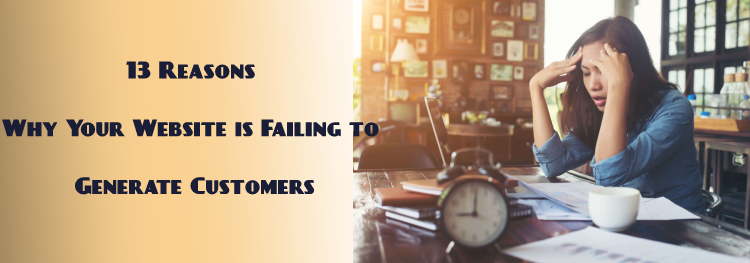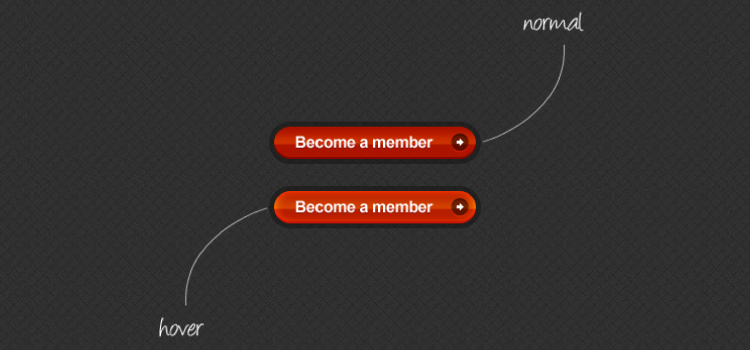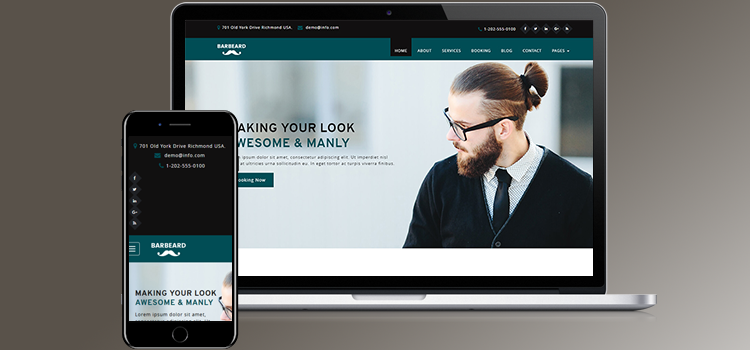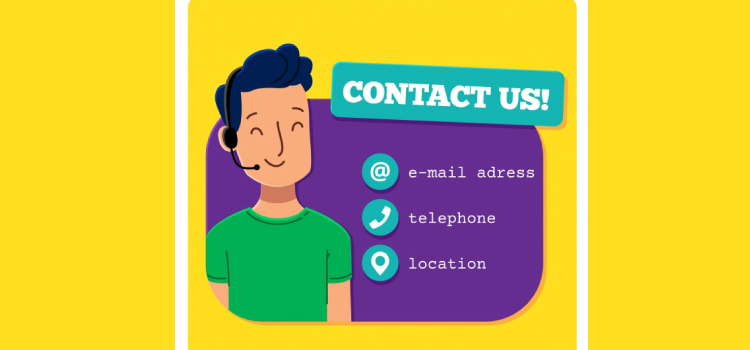13 Reasons Why Your Website is Failing to Generate Customers

- Design ,
- Web Development
-
May 15, 2018
In the present world having an online business, a website is very important and popular too. Probably you are also on the path to grow your business online. But the coin has its another side also. As per the statistics, only 2 or 3 out of 10 businesses are successful online. Almost 70% of the business fails to generate leads and revenue through their own website. You may have many visitors to your site but none of them are converting into a customer. Here in this article, I have listed the reasons why your website is failing to generate customers.
Lack of proper value proposition
A value proposition is something that many companies struggle with. Value proposition determines whether people will read more about your product or leave your site. A strong value proposition presents why customers should buy from you. Many sites even have difficulty communicating exactly what they sell. That will land customer in a dilemma that what exactly buying? If they will not be able to figure out soon, they'll leave. Images can also present value proposition. People often don't know why they might need your product until you tell them, so be direct and crystal clear in presenting your product.
Not keeping it simple

Simplicity is most important when it comes to driving conversions. Keep your website simple for users to interact effectively with your website. They must be able to navigate easily through your website.
Simplicity doesn't mean you don't put new and essential features on your website but make sure to clear all the clutters. Before releasing your website to the public, ask your self whether there's a simpler way to design or create the site. An uncluttered website makes great user experience. So get rid of anything that is unnecessary to the design.
Build Logical Layouts

A layout is extremely important. You need to make sure that the placement of all the content is logical. Customers browsing through your website should be able to go from one idea to another with ease. Begin the design by thinking overall layout. Does the arrangement of pages make sense? Is your design clutter free? Are the most important parts of your websites prominently displayed? Are the other sections easy to reach like contact us, terms etc.? When designing your website, think about the action you want people to take, then structure your site so that it logically walks them toward that action in a natural, frictionless way. One way to ensure your website's design is to check out your competitor's website.
Not using the right colors

The combination of colors you choose play a vital role in engaging visitors and portraying brand personality. Using contrasting hues of colors that stand out from the rest of design are important for Call to Action and can help you get higher conversion rates. You must keep in mind your industry before choosing a color palette for your website. For example, red and yellow colors are used for error and warning message respectively. Contrast can make or break your conversions. Use contrast to make headlines, text and Call to Action buttons noticeable.
Consistency is very important for conversions. The colors should be used consistently throughout the website every time that Call to Action or product is displayed. “Colour is an often underrated aspect of web design but it can play a very important role in usability as well as convey the overall meaning of a brand as well as the overall mood of the website,” says designer Tom Kenny.
Research before Designing a Website

A good research can back your website with designs that a user can trust. Website design is the first thing that makes a huge impact on what people think about it. A more professional looking and visually appealing website gains more trust and perceived as legitimate.
A study from Adobe said that 38% people won't read the content that visually not appealing. So what you can do to be sure that your website design is good? Evaluate your conversion rate first. If your conversion rate is too low, find out what thing is turning away people from your website. Ask experts, ask directly to potential customers, have a discussion with your design team that what you can do to improve.
Targets audience

Many times business has no idea who their target audience is. Without knowing target audience one cannot demonstrate their corporate identity. Your whole website design from layout, fonts, typography, content, to images everything depends on your target audience.
For example, if your target audience is young kids that will prefer fonts like comic sans. However the same can not be used for a professional corporate website. Images are the first thing visitors see on your website. So the same is applicable to images.
Keep a question in mind while designing: who are you communicating with?
No CTA

Call to Action is a primary thing for making visitors take the action you want and make them become your customer. Just because visitors visit your website and like it, they don't become tour customers. And that is what exactly you need a call to action for. Converting your visitors into customers will not happen without a proper call to action in place.
Visitors possess a very short attention span. So your CTA must be short enough to take quick action from visitors towards the conversion. For example, 'Contact us now!', 'Visit us today!', 'Call now!' etc.. And your CTA should land user to the specific landing page to convert them into a prospect.
Not responsive

A good user experience is important in keeping visitors engaged for higher conversion. If your website is not responsive, then you are dealing with a big problem. Mobile devices and tablets are now surpassing the usage of computers. Most of the times, customers do online shopping or business searching on mobile devices only. In that case, you must need a website that is optimized for mobile devices. Not making a website mobile optimized can lead to a penalty by Google and will have adverse effects on conversion.
To make a website mobile friendly, make it responsive. You can use responsive website templates available online to build a responsive website which makes your design task easy and quick. You can check your self for the responsiveness of your website and wheater all the functions and design work well on a responsive-ready website.
Too technical

Do not try to demonstrate your technical expertise by using too many technical terms. You use industry jargons with industry experts only and not with the visitors who can be your customers. Visitors do not care how much technical knowledge you carry. They are interested in communicating the product/ services and the use.
You need to clearly communicate your products or services and what problem it can solve and the value it provides. Clear understanding cannot be established with customers. This can not be possible if your customers don't understand what your technical language is saying. So just keep your language simple.
Not enough content
Your content on a website must help visitors to find a solution to their problems. Therefore, your website must contain valuable content that can help convert visitors into customers. You can write a blog on your website that can help you achieve good SEO rankings and can also help you demonstrate your knowledge.
Do not over promote your product or service through content otherwise, It will be called spamming. A great content with great detail can help gain visitors trust and you can get potential customers.
Load time is slow

People’s attention span and patience are extremely limited. A website must need to load in under 5 seconds. Anything over 5 second and people will abandon your website. If they don't get product or service they want within seconds, they will leave. So first test the load time of your website and if it is slow, find out how to improve it.
There are many websites out there to check your website speed. For example, GTmetrix, Google’s own nifty Page Speed Online tool is terrific for providing you insights into your site speed and how can you make it faster.
No or lack of contact information

People will not buy from you if they don't trust you. Showcasing your contact information is one of the things to make your website more trustworthy. By doing so, you can gain your visitors' trust. Keeping an inquiry form can get you more customers as they can quickly contact and enquire regarding their query. This gives your visitors the confidence that your company is real and there is someone to answer if they have any questions.
There is a lot of information that businesses are forgetting to put on their website and overlook this lack of information to visitors. This information may include Business address, Business contact information, Social media information, open business hours, about us, etc..
You can check Kissmetrics Blog for their research on an increase in conversion by putting a phone number on a website.
Outdated Content and Broken Links

If you don't update your website's content, your visitors will think that you are providing old and stale content to them. Regularly updating your business related information is very important to retain your customers.
Also, Make sure your website is free from broken links. You can check broken links on your website by using tools available online. The best way to detect such errors is using google webmaster tool.
Conclusion
Now take a hard look at your existing designs and analyze that which principle are you breaking?
Remember, your goal is to increase conversion and sales. Take your time to go through these above-mentioned points and decide what change your design need to engage your target audience. You can also go for A/B Testing to experiment with a design that goes best with your niche and helps convert more customers. Focus on putting these 12 tips to use on your website and you will be on your path toward higher conversion rates.
Help others by commenting your tips for getting more customers and sales through web design.





